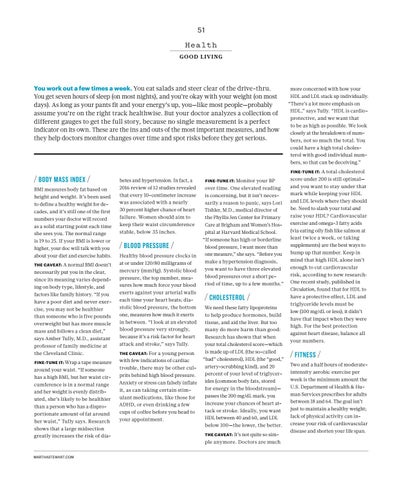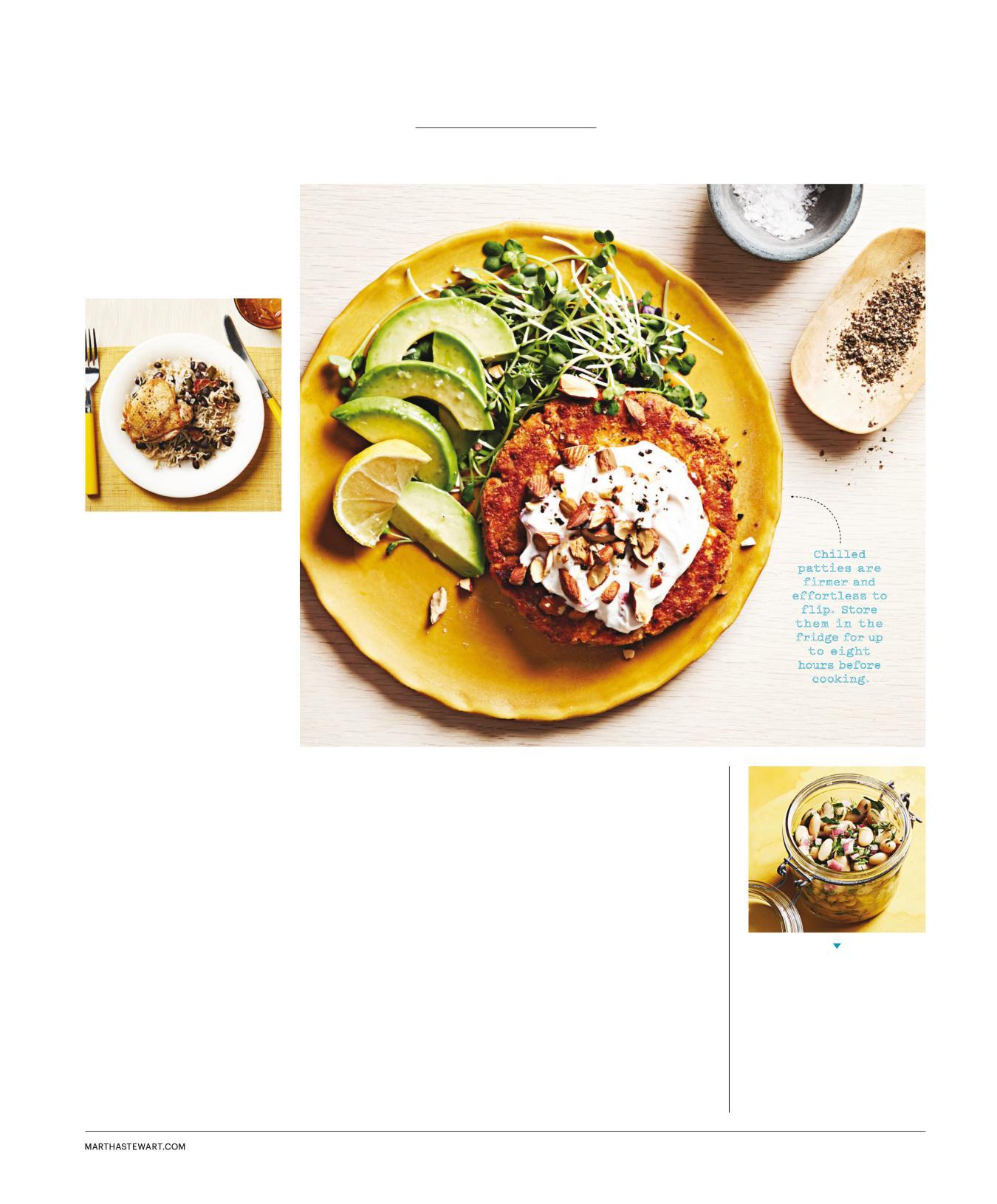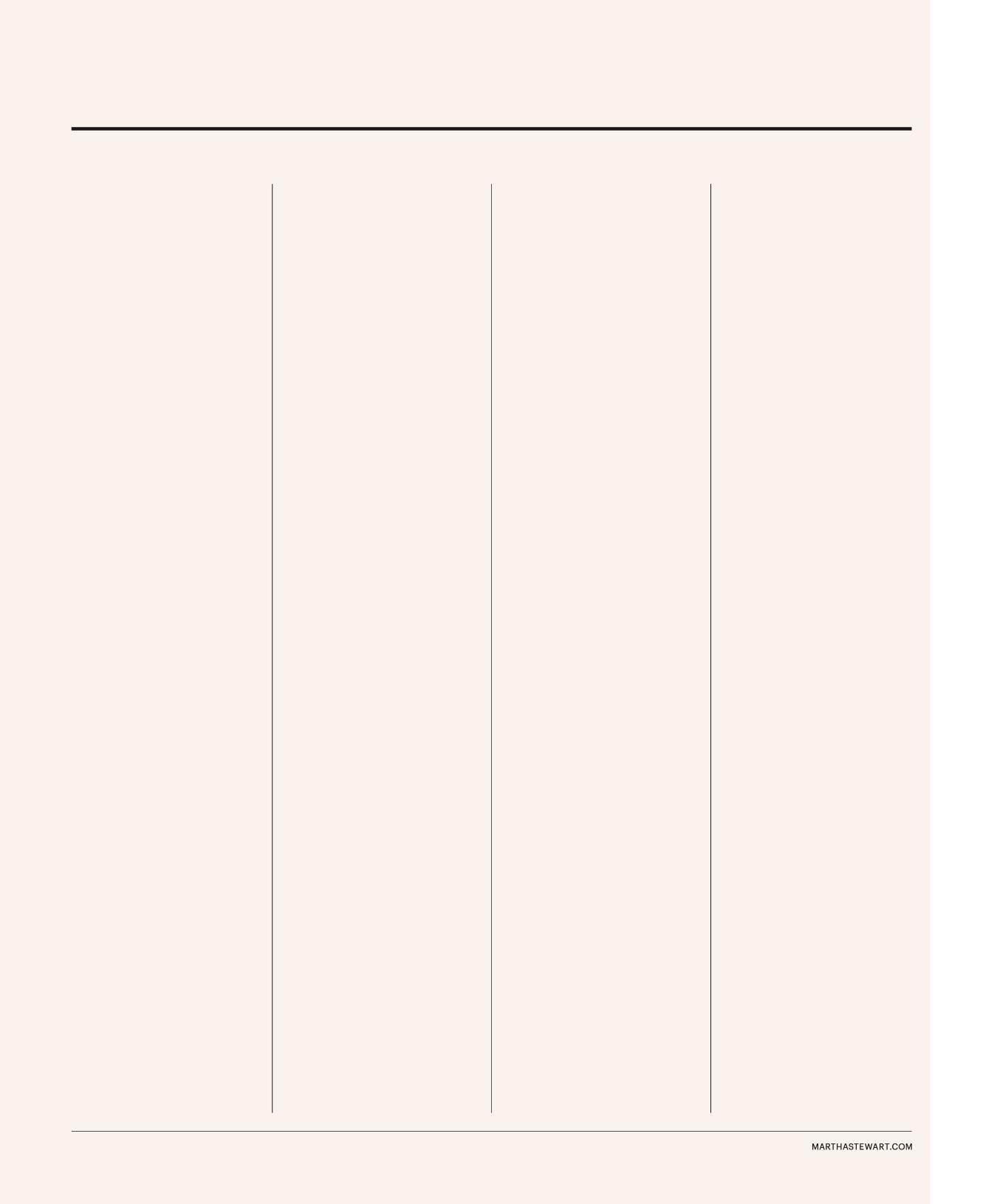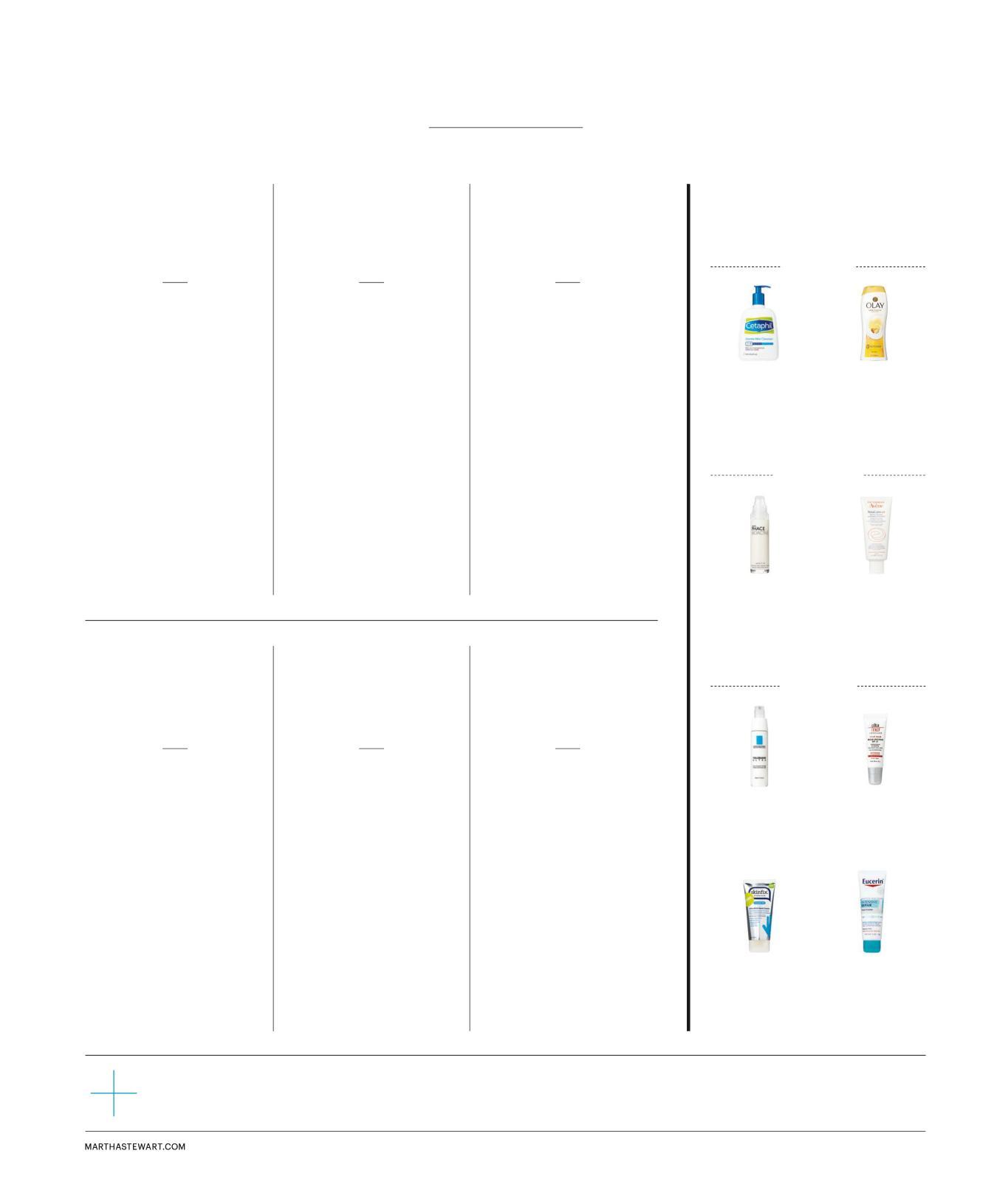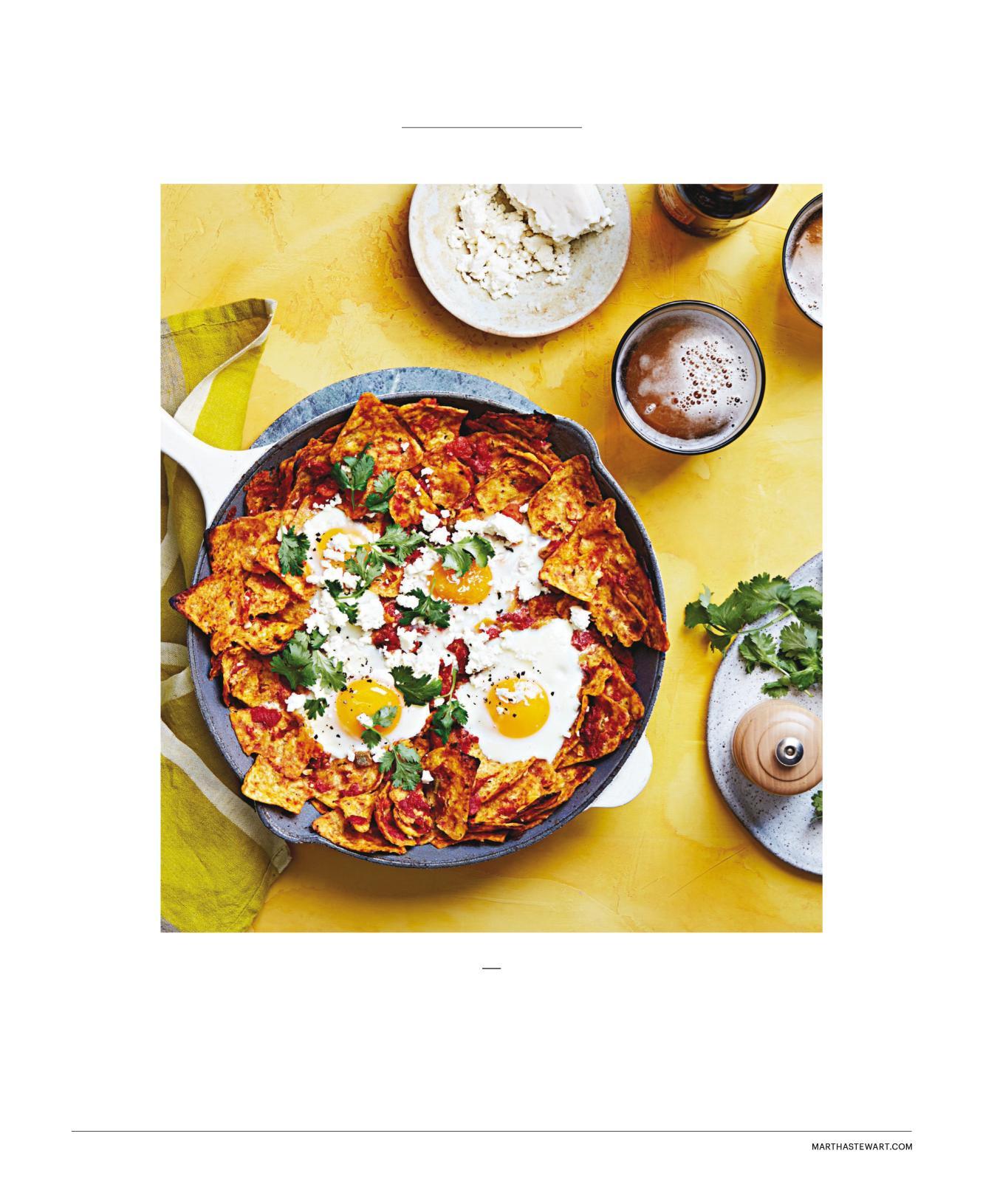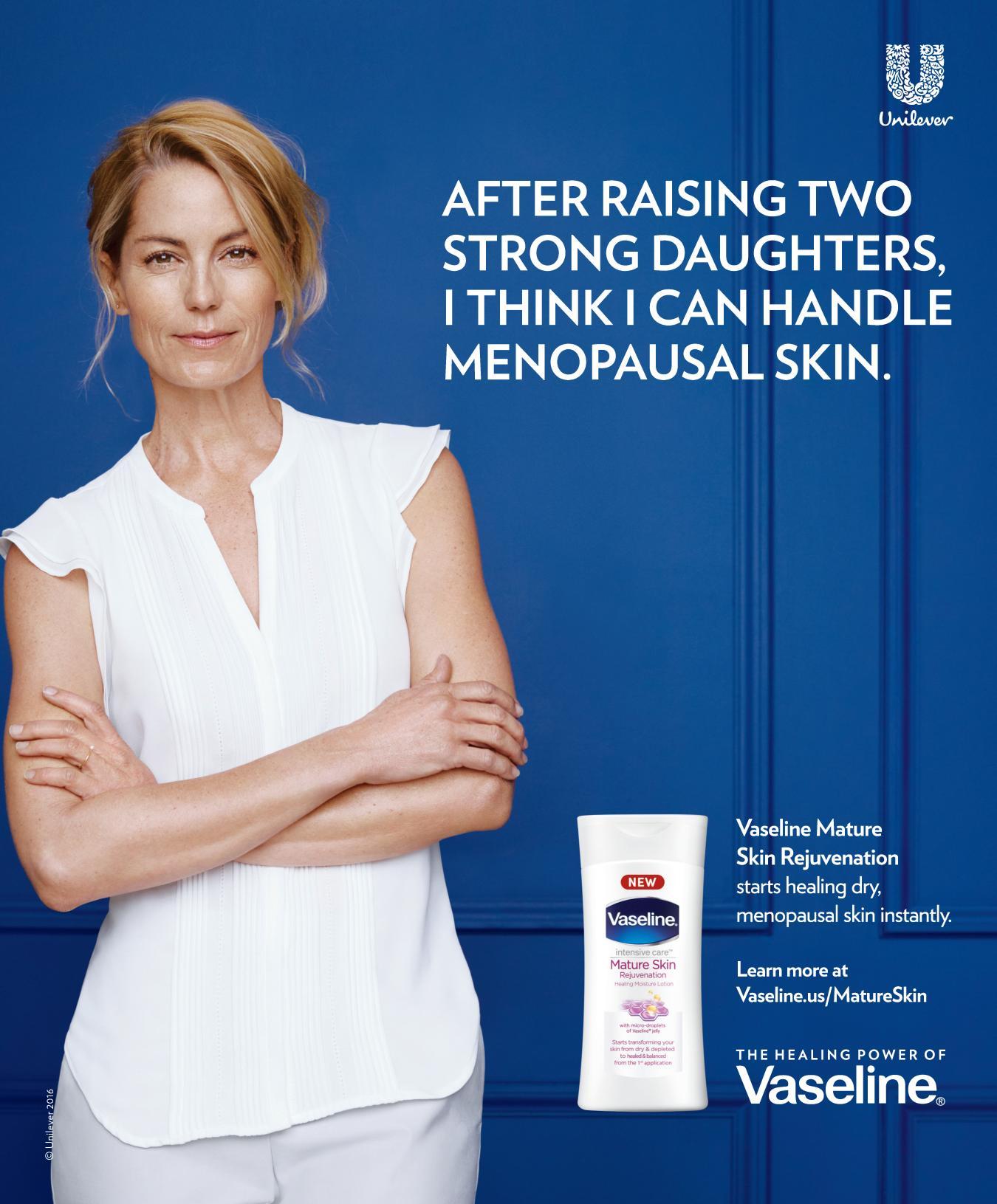51
Health G O O D L I V I NG
You work out a few times a week. You eat salads and steer clear of the drive-thru. You get seven hours of sleep (on most nights), and you’re okay with your weight (on most days). As long as your pants fit and your energy’s up, you—like most people—probably assume you’re on the right track healthwise. But your doctor analyzes a collection of different gauges to get the full story, because no single measurement is a perfect indicator on its own. These are the ins and outs of the most important measures, and how they help doctors monitor changes over time and spot risks before they get serious.
BODY MASS INDEX BMI measures body fat based on height and weight. It’s been used to define a healthy weight for decades, and it’s still one of the first numbers your doctor will record as a solid starting point each time she sees you. The normal range is 19 to 25. If your BMI is lower or higher, your doc will talk with you about your diet and exercise habits. THE CAVEAT: A normal BMI doesn’t necessarily put you in the clear, since its meaning varies depending on body type, lifestyle, and factors like family history. “If you have a poor diet and never exercise, you may not be healthier than someone who is five pounds
overweight but has more muscle mass and follows a clean diet,” says Amber Tully, M.D., assistant professor of family medicine at the Cleveland Clinic. FINE-TUNE IT: Wrap a tape measure
around your waist. “If someone has a high BMI, but her waist circumference is in a normal range and her weight is evenly distributed, she’s likely to be healthier than a person who has a disproportionate amount of fat around her waist,” Tully says. Research shows that a large midsection greatly increases the risk of dia-
betes and hypertension. In fact, a 2016 review of 12 studies revealed that every 10-centimeter increase was associated with a nearly 30 percent higher chance of heart failure. Women should aim to keep their waist circumference stable, below 35 inches.
BLOOD PRESSURE Healthy blood pressure clocks in at or under 120/80 milligrams of mercury (mmHg). Systolic blood pressure, the top number, measures how much force your blood exerts against your arterial walls each time your heart beats; diastolic blood pressure, the bottom one, measures how much it exerts in between. “I look at an elevated blood pressure very strongly, because it’s a risk factor for heart attack and stroke,” says Tully. For a young person with few indications of cardiac trouble, there may be other culprits behind high blood pressure. Anxiety or stress can falsely inflate it, as can taking certain stimulant medications, like those for ADHD, or even drinking a few cups of coffee before you head to your appointment. THE CAVEAT:
FINE-TUNE IT: Monitor your BP over time. One elevated reading is concerning, but it isn’t necessarily a reason to panic, says Lori Tishler, M.D., medical director of the Phyllis Jen Center for Primary Care at Brigham and Women’s Hospital at Harvard Medical School. “If someone has high or borderline blood pressure, I want more than one measure,” she says. “Before you make a hypertension diagnosis, you want to have three elevated blood pressures over a short period of time, up to a few months.”
CHOLESTEROL We need these fatty lipoproteins to help produce hormones, build tissue, and aid the liver. But too many do more harm than good: Research has shown that when your total cholesterol score—which is made up of LDL (the so-called “bad” cholesterol), HDL (the “good,” artery-scrubbing kind), and 20 percent of your level of triglycerides (common body fats, stored for energy in the bloodstream)— passes the 200 mg/dL mark, you increase your chances of heart attack or stroke. Ideally, you want HDL between 40 and 60, and LDL below 100—the lower, the better. THE CAVEAT: It’s not quite so sim-
ple anymore. Doctors are much
more concerned with how your HDL and LDL stack up individually. “There’s a lot more emphasis on HDL,” says Tully. “HDL is cardioprotective, and we want that to be as high as possible. We look closely at the breakdown of numbers, not so much the total. You could have a high total cholesterol with good individual numbers, so that can be deceiving.” FINE-TUNE IT: A total cholesterol score under 200 is still optimal— and you want to stay under that mark while keeping your HDL and LDL levels where they should be. Need to slash your total and raise your HDL? Cardiovascular exercise and omega-3 fatty acids (via eating oily fish like salmon at least twice a week, or taking supplements) are the best ways to bump up that number. Keep in mind that high HDL alone isn’t enough to cut cardiovascular risk, according to new research: One recent study, published in Circulation, found that for HDL to have a protective effect, LDL and triglyceride levels must be low (100 mg/dL or less); it didn’t have that impact when they were high. For the best protection against heart disease, balance all your numbers.
FITNESS Two and a half hours of moderateintensity aerobic exercise per week is the minimum amount the U.S. Department of Health & Human Services prescribes for adults between 18 and 64. The goal isn’t just to maintain a healthy weight; lack of physical activity can increase your risk of cardiovascular disease and shorten your life span.
